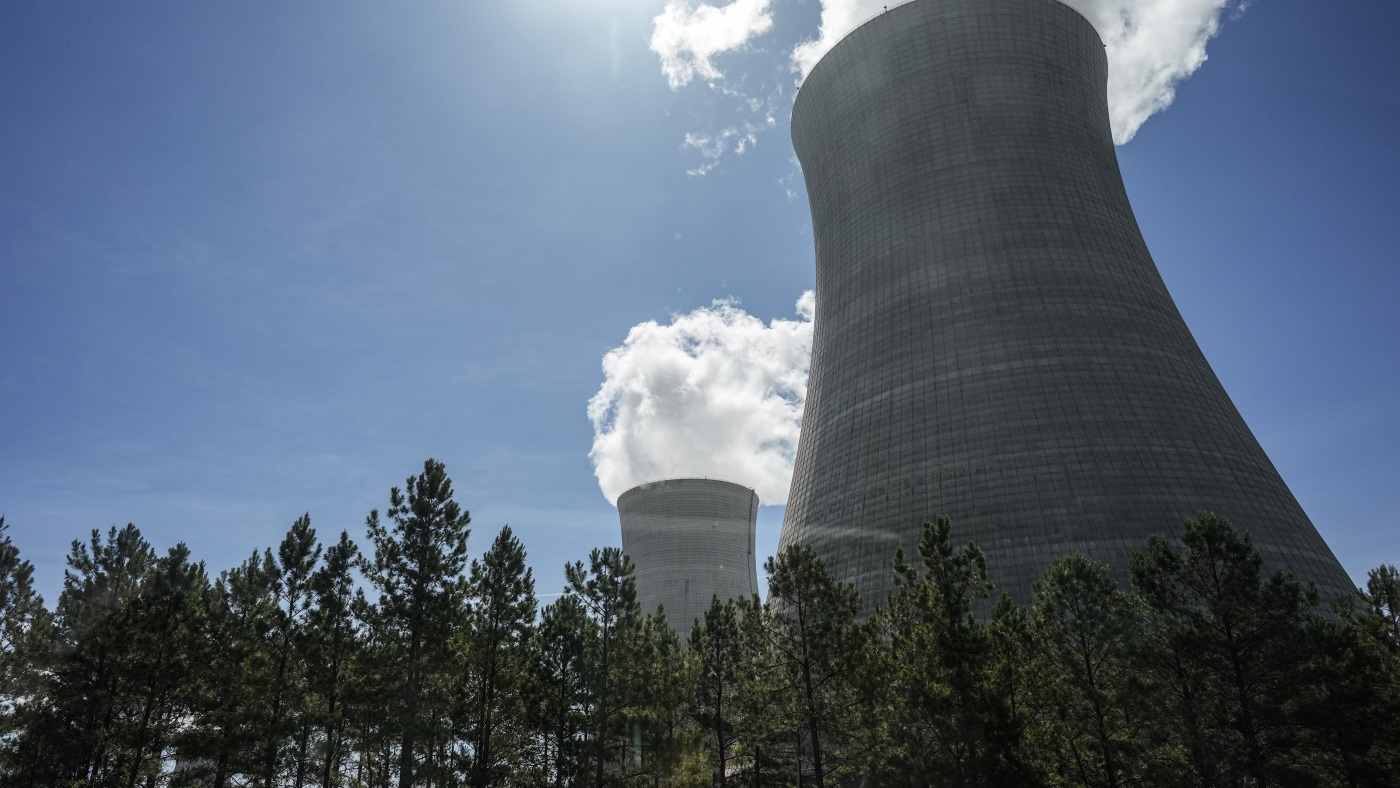The Political Undercurrents of Independence: Analyzing President Trump’s Dismissal of NRC Commissioner Christopher T. Hanson
The recent dismissal of Christopher T. Hanson from the Nuclear Regulatory Commission (NRC) by President Trump has stirred a potent debate on the delicate interplay between political authority and the autonomy of independent regulatory bodies. This incident is more than a routine change in personnel—it strikes at the core of how regulatory agencies function within the U.S. government’s framework, spotlighting the tension between executive power and institutional independence.
The Crucial Role of the Nuclear Regulatory Commission
At the heart of this controversy lies the NRC, a pivotal agency entrusted with overseeing the civilian use of nuclear energy. Its five-member commission balances regulatory responsibilities with public safety mandates, managing everything from nuclear power plant licensing to environmental protection against radiation hazards. The safety stakes are extraordinarily high, given the potentially catastrophic risks linked to nuclear material misuse or accidents.
The NRC’s design champions insulation from political influence. Commissioners serve fixed terms, partially staggered and Senate-confirmed, fostering continuity and bipartisanship. This structure intends to prioritize science-based, impartial decision-making over transient political agendas, preserving public confidence in nuclear safety protocols.
Disrupting the Norm: Hanson’s Termination Without Cause
Christopher Hanson, a 2020 Biden appointee who rose to chair the NRC, was fired by President Trump without cause—a decision that starkly deviates from established legal and institutional norms protecting the independence of such commissions. This move tipped the commission’s partisanship from a narrow Democratic majority (3-2) to an even 2-2 split, laying groundwork for operational gridlock.
What deepens the complexity—and controversy—is Hanson’s reported origination as a Trump appointee during an earlier term, making his abrupt removal not just a partisan maneuver but a reflection of volatile political dynamics influencing regulatory continuity. This dismissal signals a willingness to disrupt bipartisan understandings that have historically preserved agency functionality and impartiality.
Political Control vs. Regulatory Independence: A Shifting Balance
The firing exemplifies a broader theme of executive assertiveness encroaching on independent agencies. Under Trump’s administration, similar firings and restructuring within regulatory bodies suggest a pattern aimed at increasing political leverage over agencies tasked with critical oversight.
Such acts ignite fears among scholars and watchdog groups that politicizing agencies, particularly those safeguarding vulnerable areas like nuclear safety, could destabilize regulatory rigor. The risks are tangible: compromised standards, delayed decisions, and erosion of public trust in safety oversight.
Moreover, this situation raises questions about the structural resilience of checks and balances meant to shield independent agencies from partisan pressures. It casts a shadow on the future integrity of regulatory frameworks governing other sensitive sectors.
Precedent and Patterns: A Broader Context of Agency Turmoil
Hanson’s firing is part of a larger trend within the Trump administration’s dealings with nuclear-related entities. Previous disruptions include mass staff terminations at agencies like the National Nuclear Security Administration, only partially reversed after pushback. These upheavals suggest a destabilizing approach that jeopardizes operational continuity and institutional knowledge.
Such turbulence within agencies overseeing national security and critical infrastructure illustrates risks extending well beyond individual personnel changes—potentially affecting national preparedness, policy stability, and technical expertise essential for managing complex safety systems.
Legal and Ethical Ramifications
From a legal standpoint, removing independent agency members without cause defies statutory protections designed to prevent executive overreach. This raises the prospect of judicial interventions or legislative responses to reinforce agency independence.
Ethically, overriding the autonomy of an agency charged with protecting public and environmental health ignites concerns about the prioritization of political objectives over empirical evidence and science-based policy. For a regulator entrusted with preventing nuclear hazards, such compromises are especially troubling.
Navigating Ahead: Implications for Regulatory Stability and Public Trust
The fallout from Hanson’s firing encapsulates the mounting challenges in balancing the wielding of executive power with safeguarding independent regulation. The NRC’s transition to an even political split creates immediate procedural blockages that may delay vital regulatory actions on nuclear safety, licensing, and energy policy adaptation.
For the administration, the move concentrates control but risks undermining the credibility of federal regulatory institutions. For lawmakers, regulators, and the public, it underlines the necessity of re-evaluating the legal and procedural shields protecting agency independence to prevent political encroachment from degrading regulatory efficacy.
A Stark Warning for Sustaining Nuclear Oversight
The termination of Christopher Hanson marks a dangerous precedent in nuclear regulatory history. It highlights how political intervention can compromise an agency where impartiality and continuity are paramount to protecting national security and public welfare.
This incident serves as a potent reminder that the inherent tension between political control and autonomous regulatory governance requires vigilant defense. Without recommitment to ensuring the autonomy of essential agencies, the long-run consequences may include weakened safety protocols, diminished public confidence, and vulnerability at the intersection of technology, environment, and security.

